Honey Whole Wheat Sourdough Artisan Bread
5.0
(9)
Your folders
Your folders
Prep Time: 30 minutes
Cook Time: 45 minutes
Total: 1395 minutes
Servings: 16

Ingredients
Export 6 ingredients for grocery delivery
Instructions
Step 1
Mix together ripe sourdough starter, whole wheat flour and water. Set aside to ripen for 3 - 3.5 hours at 78°F. The levain is ready when it's doubled in size, peaked, bubbly, active and has a milky sweet aroma.
Step 2
Bulk Fermentation Begins: Mixing the Dough Once the levain is peaked and active (bubbly, doubled in size, milky sweet smell), mix 80 grams levain with 380 grams of water, 100 grams honey and 10 grams salt in a bowl. Warm the water if the ingredients are too cold and cool the water if ingredients are too warm. Add 485 grams whole wheat flour and 15 grams vital wheat gluten to the bowl and mix until incorporated and a shaggy dough forms. Let dough rest for 30 minutes, keeping the dough temperature at 78°F.
Step 3
Mixing: After 30 minutes, pick up one side of the dough and fold it over on itself. The dough may be sticky, but more cohesive than it was when first mixed. If your dough feels stiffer, and can handle more water, add a little water at this point. Wet your hands as needed and work with the dough, stretching and hand-kneading it in the bowl for about 3-5 minutes. You can also use the slap and fold method to knead the dough for about 3-5 minutes. Cover the dough and let it rest for 30 minutes at 78°F.
Step 4
Bulk Fermentation Continued: Stretch and Folds Perform 3 sets of stretch and folds. To stretch and fold, wet your hand (so it doesn’t stick to the dough). Reach down to the bottom of the bowl of dough and pull the dough up and over the top of the dough. Turn the bowl a quarter turn and repeat the stretch and fold. Turn another quarter turn and repeat. Perform one more quarter turn with stretching and folding the dough. Cover and set aside. Repeat the stretch and folds every 30 minutes, a total of 3 times.
Step 5
Bulk Fermentation Continued: Bulk Rise After the stretch and folds are complete, let the dough rest in a warm place for the rest of bulk fermentation, about 1 1/2 - 2 hours at 78°F. During this time the dough will puff up about 30-40%, become more aerated, start to pull away from the edges of the bowl and have a few scattered bubbles around the edges/top of the dough. If your dough is not showing these signs, make sure it's warm enough and give it another half an hour or so until it is showing those signs that it's ready to shape.
Step 6
Bulk Fermentation Ends: Pre-Shape and Bench Rest When your dough is ready to shape, wet your hands and a bench knife. Push the bench knife under the dough while using your free hand to tuck the dough under itself. Repeat this process going around in a circle until you have a tight ball of dough. Let the dough rest uncovered for about 30 minutes at room temperature. The dough will flatten a bit during this period of time.
Step 7
Shaping and Begin Cold Fermentation: Prepare a banneton or small bowl. Place a kitchen towel or hair net in the bowl. Liberally flour. After the dough has rested for about 30 minutes, it is time to shape the bread into a round. Sprinkle flour on top of the dough. Using the bench knife, lift the dough up off the counter and place it on top of the countertop, floured side down. This ensures that the flour stays mainly on the outside of the dough. Going around in a circle, pull the dough sideways towards you and then fold up to the top of the round. Move 90 degrees and repeat the same process pulling the dough sideways and then folding up to the top. As you continue this process around the dough, increase the tension as you pull. Gather the bread into a circle and use a bench knife to lift the bread and place into a lined bowl or banneton.
Step 8
Cold Fermentation: Cover the dough with plastic wrap or a reusable cover and store in the refrigerator overnight or for up to 14-16 hours. During this time, the dough will continue to ferment but at a much slower rate. You should look for another 20-30% rise in the dough after you place it in the banneton, before you bake it. Time your cold fermentation carefully because whole wheat dough is prone to over-proofing. Alternatively you can let your dough rise outside the fridge for another 2-3 hours, allowing the dough to proof and rise, and then bake your loaves the same day.
Step 9
Pre-heat Oven: Put a Dutch oven (top and all) into the oven and preheat to 500°F. Allow the Dutch oven to heat for about 30 minutes to an hour at 500°F. Once preheated for 30 minutes, pull your loaf out of the refrigerator. Remove the plastic wrap or covering (this is easy to do straight out of the refrigerator if the dough is chilled–not easy if the dough warms up) and place a piece of parchment paper on top of the bread dough. Flip the dough over so that the dough is now sitting on the parchment paper. Take off the bowl/banneton and kitchen towel.
Step 10
Score the Dough: Smooth the flour over the top of the dough (add a little extra for more contrast if desired). Use a very sharp knife or bread lame to score the dough.
Step 11
Bake: Carefully remove the Dutch oven from the 500°F oven with hot pads. Take the top off and place your bread into the Dutch oven (including parchment paper–this helps with the transfer). Be very careful not to touch the sides of the Dutch oven. Put your hot pads back on before you pick up the lid of the Dutch oven and place it on top of the bread. Put the whole Dutch oven back into your oven. Lower the temperature to 450°F and bake for 25 minutes. Once 25 minutes are up, take the top off the Dutch oven and continue baking for 20 minutes until the bread is a crackly deep brown. The loaf's internal temperature should register between 205-210°F when it's finished baking. If your loaf is getting too dark on the bottom, place a baking sheet or baking stone on the rack below the Dutch oven to help diffuse the heat.
Step 12
Let loaf cool completely and enjoy!
Top similar recipes
Curated for youYour folders
 81 views
81 viewsHoney Whole Wheat Sourdough Artisan...
amybakesbread.com
Your folders

 123 views
123 viewsWhole Wheat Sourdough Artisan Bread
amybakesbread.com
5.0
(1)
45 minutes
Your folders
 68 views
68 viewsWhole Wheat Sourdough Artisan Bread
amybakesbread.com
Your folders
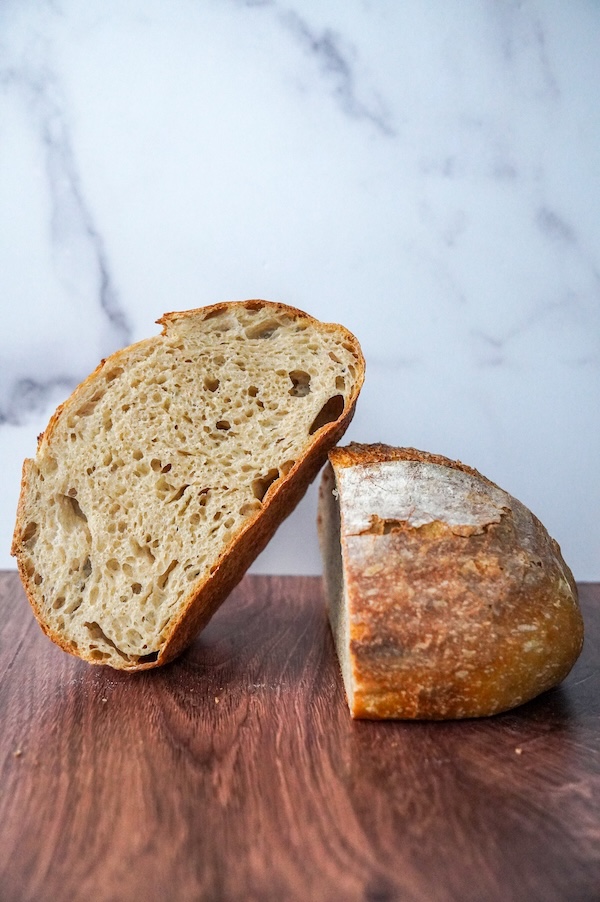
 68 views
68 views20% Whole Wheat Artisan Sourdough B...
thatsourdoughgal.com
5.0
(1)
35 minutes
Your folders

 239 views
239 viewsWhole Wheat Sourdough Bread
cravethegood.com
4.0
(2)
45 minutes
Your folders
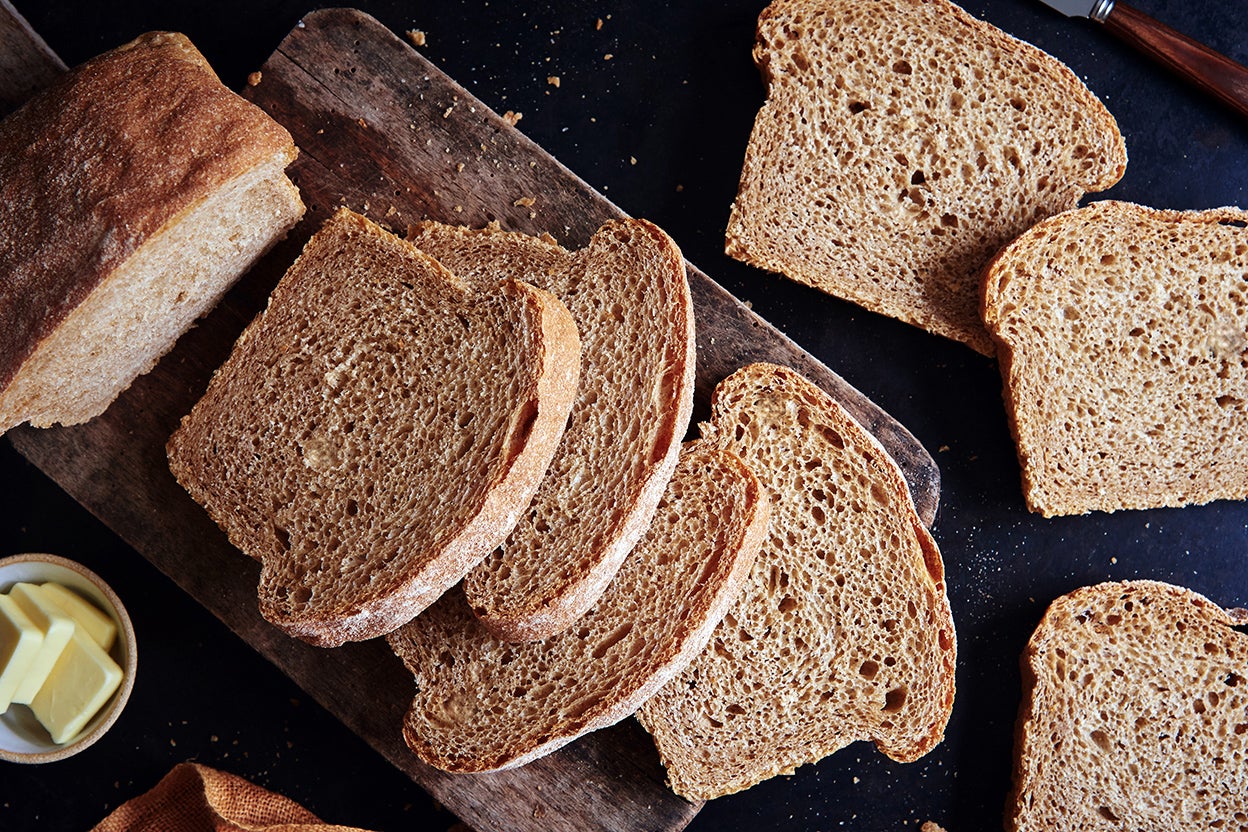
 488 views
488 viewsWhole Wheat Sourdough Bread
kingarthurbaking.com
4.4
(137)
45 minutes
Your folders
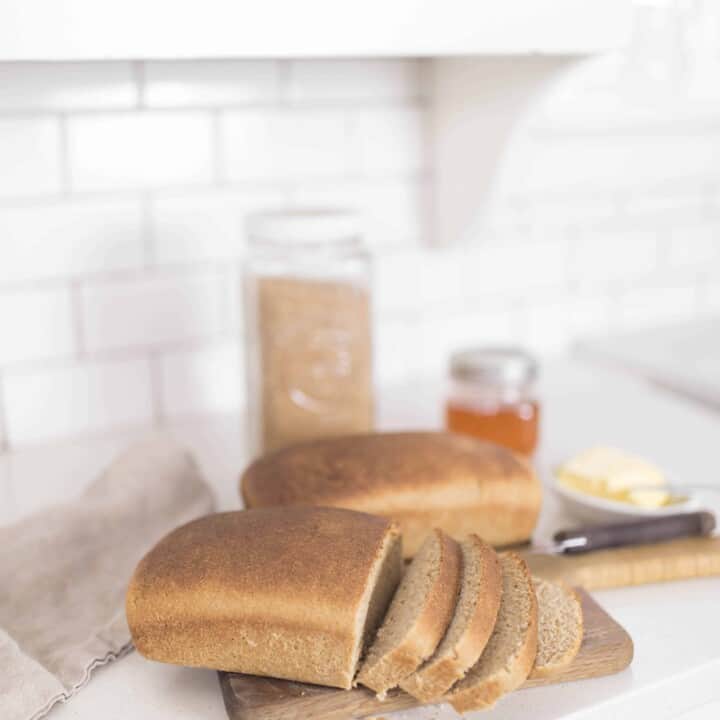
 423 views
423 viewsWhole Wheat Sourdough Bread
farmhouseonboone.com
4.6
(73)
36 minutes
Your folders
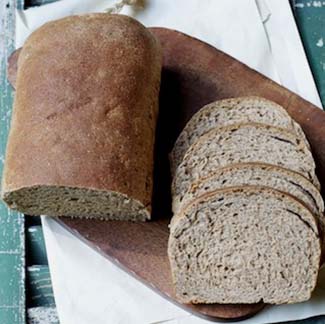
 405 views
405 viewsWhole Wheat Sourdough Bread
redstaryeast.com
Your folders
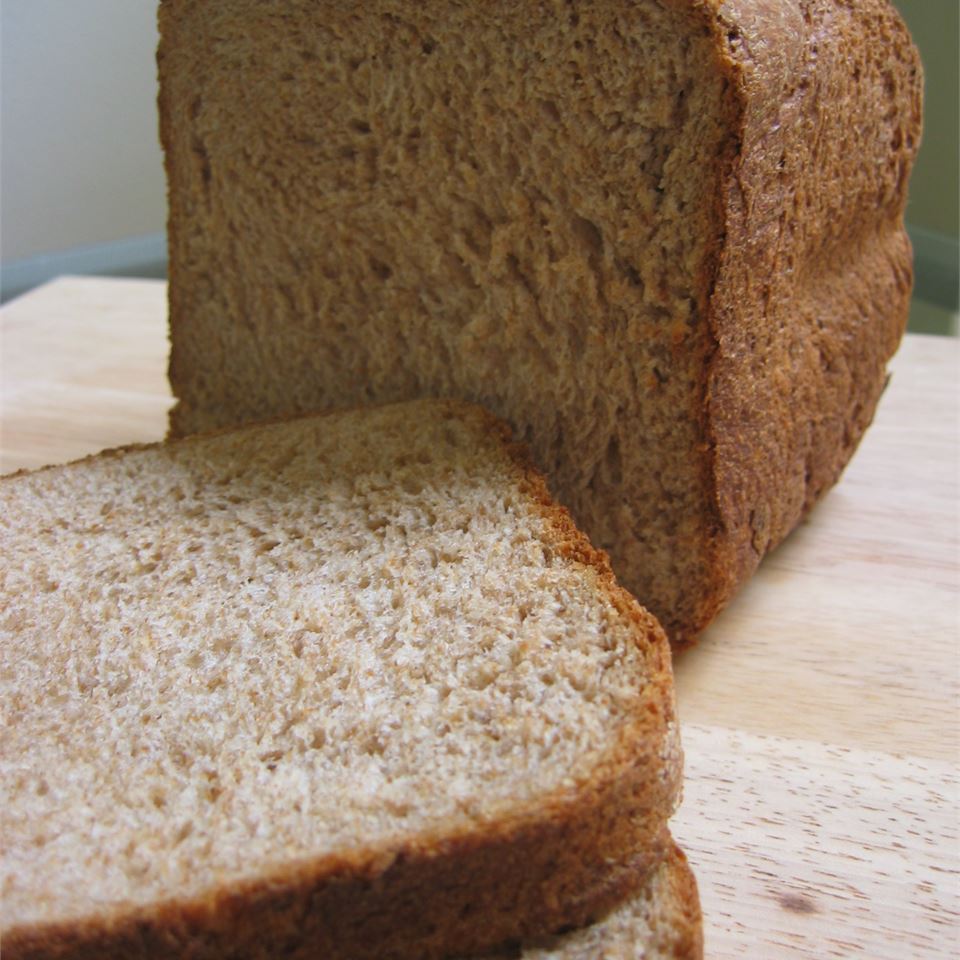
 261 views
261 viewsWhole Wheat Honey Bread
allrecipes.com
4.7
(926)
3 hours
Your folders

 352 views
352 viewsWhole Wheat Honey Bread
allrecipes.com
Your folders
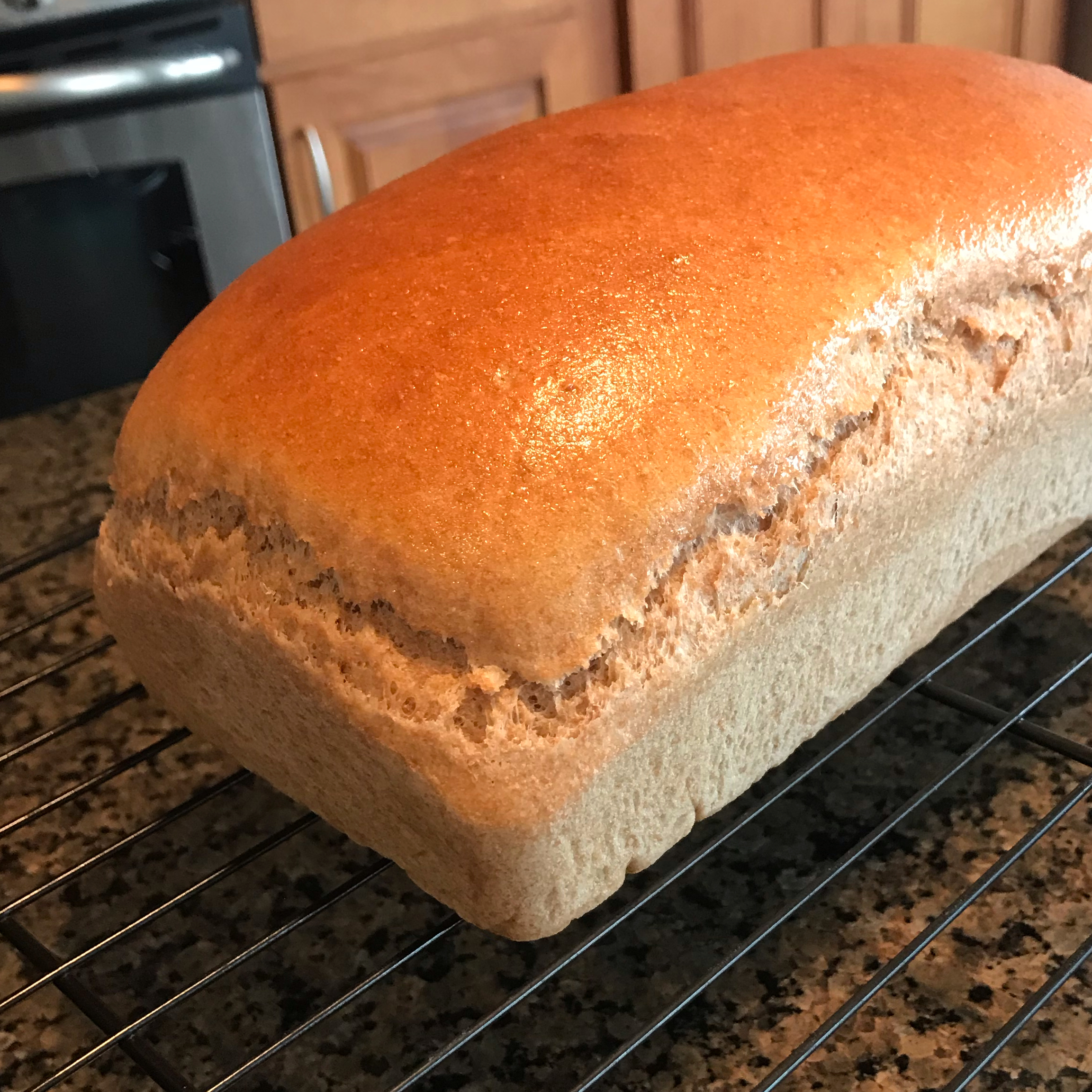
 234 views
234 viewsHoney Whole Wheat Bread
allrecipes.com
4.5
(525)
3 hours
Your folders
 61 views
61 viewsSourdough Honey Oat Whole Wheat San...
livingbreadbaker.com
Your folders
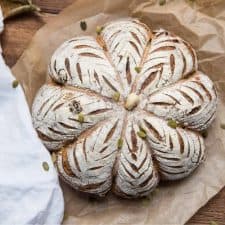
 959 views
959 viewsWhole Wheat Sourdough Pumpkin Bread
hungerthirstplay.com
5.0
(1)
45 minutes
Your folders

 168 views
168 viewsWhole Wheat Einkorn Sourdough Bread
dontwastethecrumbs.com
40 minutes
Your folders
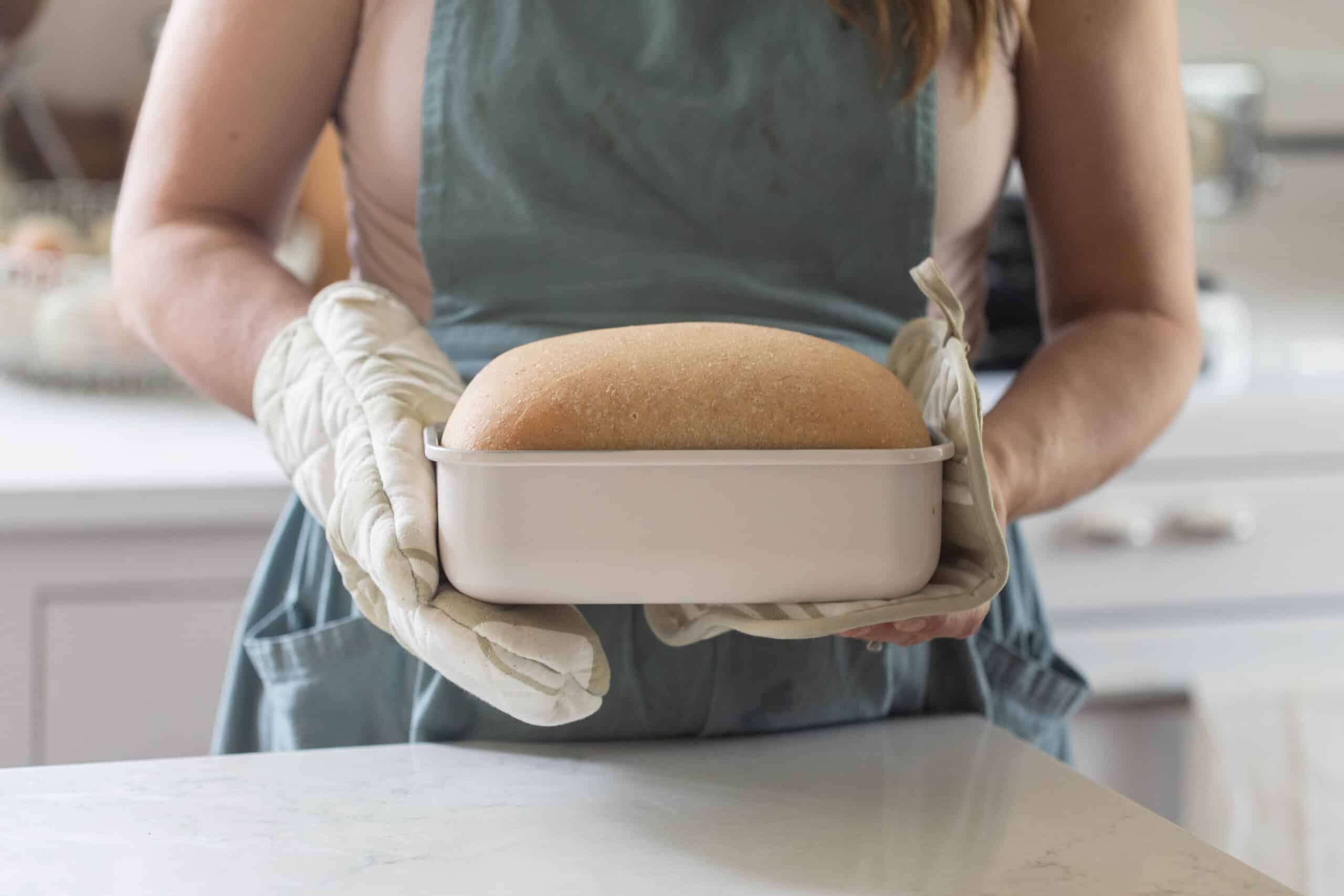
 183 views
183 viewsWhole Wheat Sourdough Sandwich Brea...
farmhouseonboone.com
4.5
(125)
40 minutes
Your folders
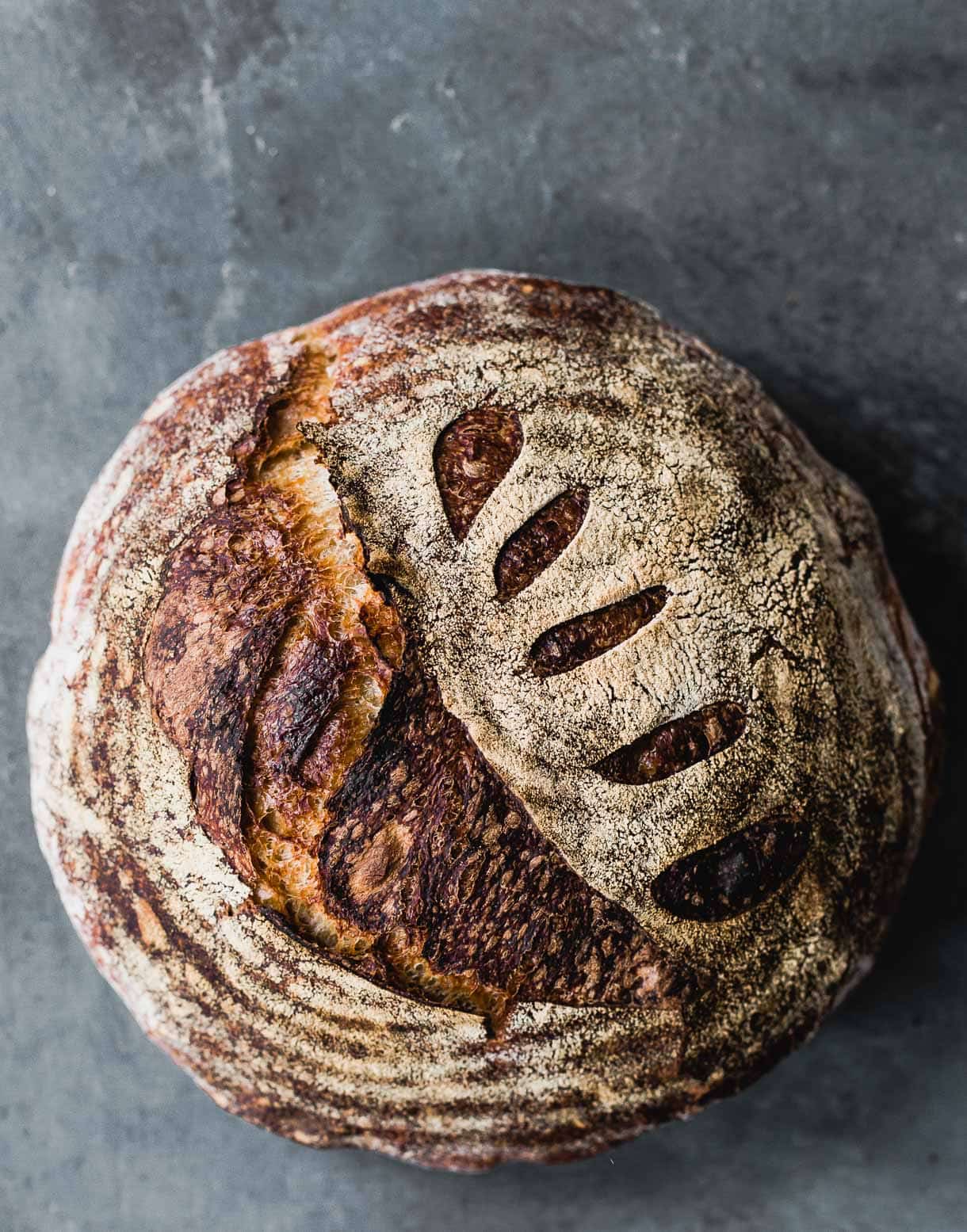
 484 views
484 viewsWhole Wheat Sourdough Bread Recipe
heartbeetkitchen.com
4.7
(42)
45 minutes
Your folders

 295 views
295 viewsLight Whole Wheat Sourdough Bread
theclevercarrot.com
4.9
(109)
Your folders

 253 views
253 viewsLight Whole Wheat Sourdough Bread
theclevercarrot.com
4.9
(156)
Your folders

 216 views
216 viewsWhole Wheat Sourdough Sandwich Brea...
farmhouseonboone.com
4.5
(111)
40 minutes